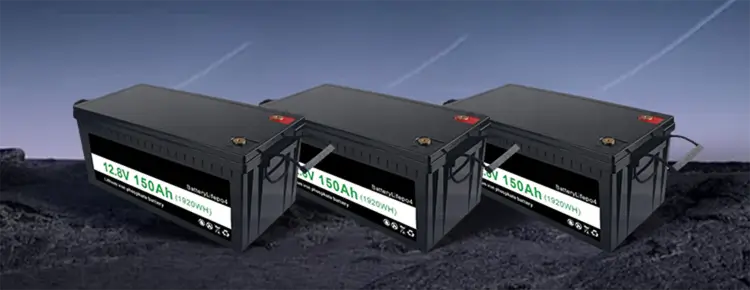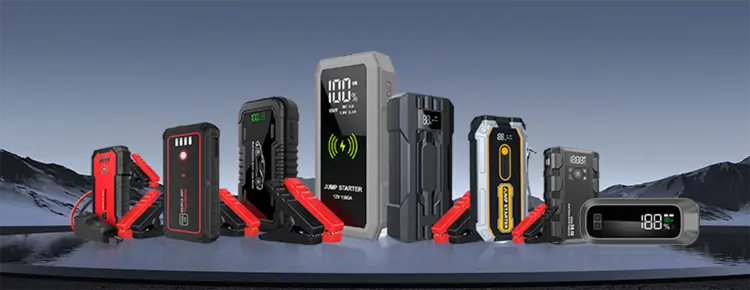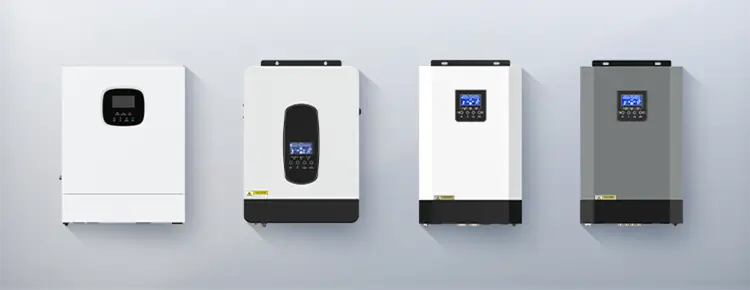



Blog
Hot Category
Latest Blog
19 Jun 2025
Flora
Currently, all global automobile manufacturers have mentioned plans for the cascade utilization of electric vehicle batteries. Cascade utilization means that after the batteries are retired from their original application scenarios (such as electric vehicles), they continue to be used in other scenarios with lower performance requirements, such as energy storage equipment, electric bicycles, etc.

Perhaps you have seen such a news, an American man violently dismantled the Tesla Model S battery pack and directly converted it into a home energy storage system, 85 degrees of electricity is enough for the whole family to use for a month. It must be said that this process is indeed environmentally friendly, but the technical threshold is very high. Old batteries can be used in home energy storage systems, but there are many considerations such as safety and performance.
Technical feasibility
Old batteries can be used for home energy storage through testing, classification, and reorganization. For example, some people use retired Tesla batteries or used laptop batteries to build home power supply systems. Although the capacity of retired power batteries has dropped below 80% and no longer meets the endurance requirements of electric vehicles, they can still be used in home energy storage systems to store and manage home energy. Advanced battery management systems (BMS) can monitor and manage retired batteries to ensure their safe and efficient operation in home energy storage systems.
Economic feasibility
The cost of using old batteries is lower than that of new batteries, which has certain economic advantages. However, safety risks and potential maintenance costs need to be considered. The cost of using retired power batteries as home energy storage batteries is usually lower than purchasing new batteries, which provides economic advantages for home users. The cascade utilization of retired power batteries helps reduce resource waste, reduce environmental pollution, and is in line with the goal of sustainable development.
Safety
Old batteries have problems such as capacity attenuation and unstable performance, which may pose safety risks. Before retired batteries are used for home energy storage, they need to undergo strict safety testing and performance evaluation to ensure their safety and reliability during reuse. The battery management system (BMS) should have functions such as overcharge, over-discharge, and overheating protection to prevent safety accidents during battery use.
Policy support
The government has introduced policies to support the cascade utilization of waste power batteries and encourage their application in energy storage and other fields. Policies usually include financial subsidies, tax incentives, technical standards formulation and other measures to promote the effective utilization of retired power batteries.
In summary, the application of old batteries in home energy storage is feasible and has both economic and environmental benefits. However, the implementation process needs to strictly follow safety standards and policy guidance to ensure the safety and performance of the batteries.